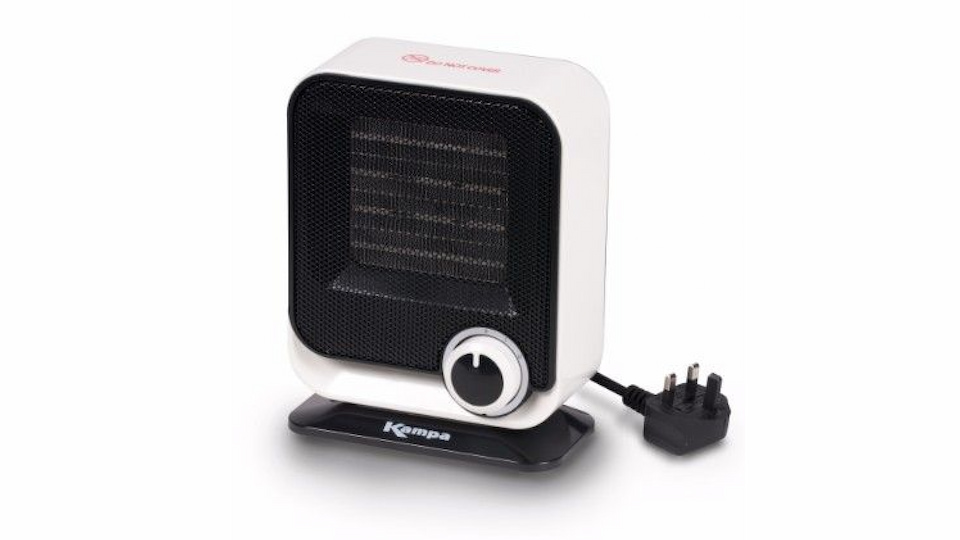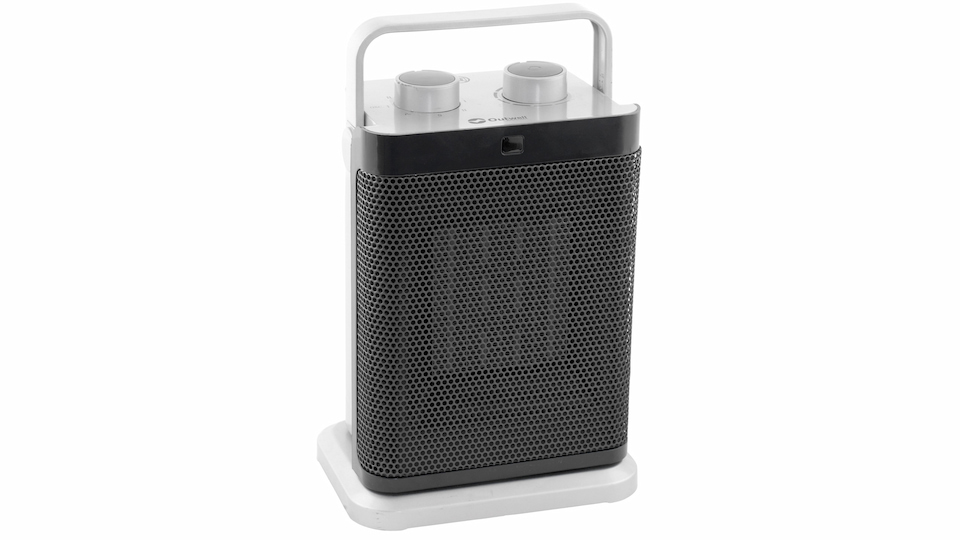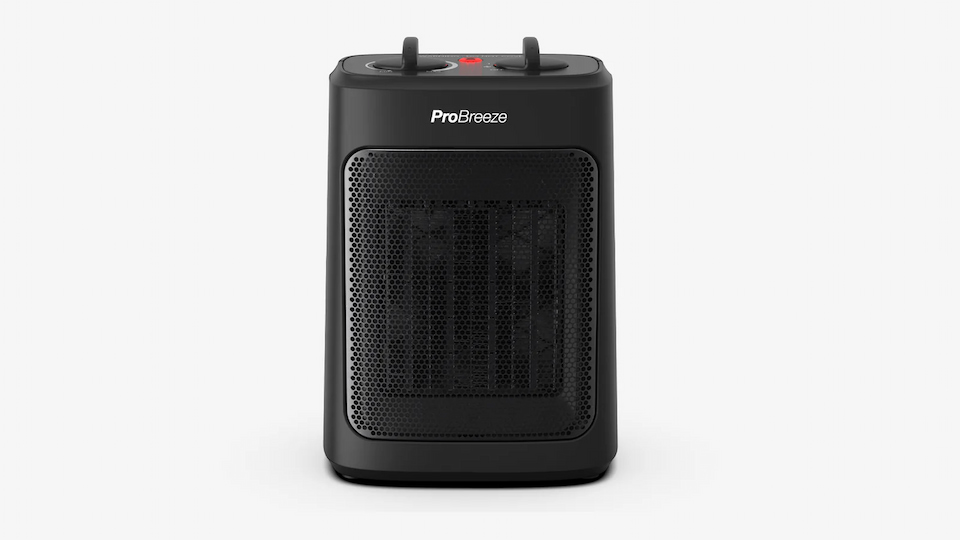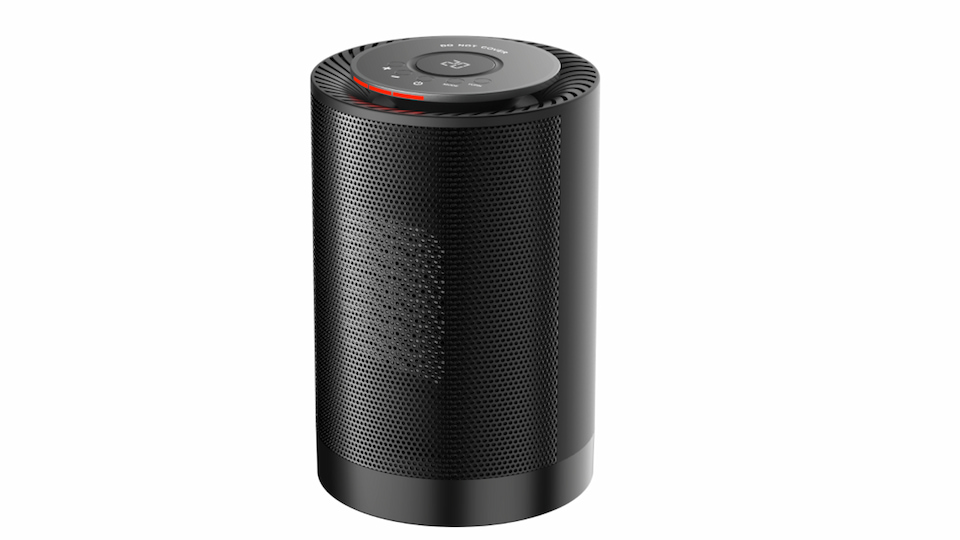Tent Heaters UK 2025: What to Pack for Warm Nights
Ever zipped up your sleeping bag only to lie awake with cold toes? Chilly nights are often part of the deal when camping outside the summer months. A good tent heater fixes that, giving you steady warmth so you wake up rested and ready to explore.
But choosing the right one isn’t always straightforward. You’ve got electric, gas, and diesel options, plus a flood of models to pick from. This guide breaks down the main types of heaters, highlights the best picks for 2025, and shares practical tips to keep you warm and safe.
Types of Tent Heaters
When you go tent camping in the UK during colder months, finding the right heater starts with understanding the different types available and how each works. Here are the main options campers use:
Electric Space Heaters (Fan, Ceramic, or Oil-Filled)
To get heat in tents, electric heaters are the simplest and safest option. They convert electricity directly into heat, with no combustion and no fumes. You just plug the unit into your pitch’s electric hook-up (EHU) and set it on a flat, stable surface inside your tent or awning. Off-grid, you could easily run it from a portable power station.
Different designs deliver heat in different ways:
Fan heaters push out warm air quickly, filling a small tent in minutes.
Ceramic heaters use a heated element and usually provide steadier warmth.
Oil-filled radiators take longer to warm up but release a gentle, lasting heat from their fins.
Infrared panels don’t heat the air much at all. instead, they give off radiant warmth you feel directly on your skin and clothes.
Pros: Clean and easy to use, no fumes, thermostat-controlled, steady output.
Cons: Needs a power source, less effective in very open or leaky tents.
Gas Heaters (Propane/Butane)
Gas heaters burn butane or propane to put out fast, radiant heat. They’re popular at off-grid sites where electric hook-up isn’t an option, and propane keeps working even when the temperature drops below freezing.
The downside is serious: burning gas creates carbon monoxide (CO), which is deadly in enclosed spaces. That’s why you should never sleep with one running inside a tent. If you use one, stick to a larger awning or very well-ventilated space, choose a model rated for indoor/tent use, and always carry a CO alarm.
Pros: Quick, powerful heat; works without mains power; propane handles the cold.
Cons: CO risk if misused; adds moisture; not safe for closed sleeping tents; requires cylinders, regulators, and careful ventilation.
Wood-Burning Stove (“Hot Tent” Setups)
A wood stove gives that cosy log-burner vibe in camp. It heats by burning wood in a metal firebox, with smoke carried out through a chimney flue. They can put out serious warmth for long winter nights. But they only belong in canvas hot tents with a built-in stove jack to vent the flue. A CO alarm and constant airflow are must-haves.
Pros: Excellent sustained heat; doubles as a cooking surface; works off-grid with free fuel.
Cons: Only safe in purpose-built hot tents; bulky to carry; setup takes time; fire and CO risk if misused.
Portable Diesel Heaters
If the question is how to heat a tent off-grid for a multi-day adventure, diesel heaters deliver rugged reliability and serious warmth. These sit outside the tent and push clean warm air inside through a duct.
The diesel burns in a sealed unit, while exhaust gases and moisture are vented away. They need a 12V battery to run the fan and fuel pump, plus a small tank of diesel. Setup takes more time, but the warmth they provide is reliable and strong.
Pros: Reliable off-grid heat; safe placement outside the tent; very effective for larger shelters.
Cons: Heavy and noisy compared to other options; needs fuel and a 12V supply; setup is less portable.
Portable Heat Pumps
Portable heat pumps are basically reverse-cycle air conditioners. They don’t create heat directly; they move it. In heating mode, the system extracts warmth from the outside air and pumps it inside, giving you more heat per watt than a simple electric heater.
Setup involves placing the portable unit inside or just outside the tent, plugging into a mains hook-up or portable power station, and running its vent hoses outside. Some modern models can also run on battery. In practice, these work best in awnings or larger tents where you can seal around the vent ducts.
Pros: Highly efficient; provides both heating and cooling; no combustion or fumes.
Cons: Bulky; must vent outside; less effective in freezing weather.
Top 5 Tent Heater Picks for Campers in 2025
To make your search easier, here are five camping heaters for tent worth a look in 2025. Each one has its own strengths and requirements, so you can match it to how and where you camp.
1. EcoFlow Wave 3 Portable Air Conditioner
The EcoFlow WAVE 3 Portable Air Conditioner is more than a heater. It’s a compact heat pump that can warm or cool small, enclosed spaces, which makes it useful all year.
Heating power sits at 6,800 BTU, cooling at 6,100 BTU, so it’s capable of steady temperature changes rather than short bursts. You can run it from mains, a 12/24V vehicle socket, or EcoFlow’s portable power stations if you’re away from hook-up. There’s also a 1024 Wh LFP add-on battery, giving you up to 8 hours of cordless heating in an off-grid setup.
The unit uses simple hose routing through a vent sleeve or zip gap, and the app lets you adjust modes, set timers, or switch to dehumidify when the air feels damp. For campers using roof-tent annexes, framed awnings, or pod-style shelters, it’s one of the few products that genuinely covers every season.
EcoFlow WAVE 3 Portable Air Conditioner
What’s good
Heats and cools with 6,800 BTU / 6,100 BTU output
Runs on mains, 12/24V vehicle socket, or EcoFlow portable power stations
Optional 1024 Wh LFP add-on battery for up to 8 hours cordless heating/cooling in an off-grid setup
App control with temperature, timer, and dehumidifier modes
2. Kampa Diddy Compact Fan Heater
The Kampa Diddy is a small, simple fan heater that slots straight into life on mains hook-up. It has two heat settings (750W / 1500W) and a cool-touch body that hides safety cut-offs inside. At less than the size of a kettle, it’s easy to pack and does a solid job of keeping family tents warmer in the evening.

What’s good
Two power modes: 750W / 1500W
Light and compact with tip-over and overheat protection
3. Outwell Katla Ceramic Heater with Oscillation
The Katla is designed for camping use, so it feels a little more tailored. It offers 1.0kW and 1.5kW settings and a ceramic element that spreads heat evenly. The key touch is oscillation, which sweeps warmth across a living area instead of blasting one spot. A 3m cable and carry handle make it flexible for use inside larger family tents or awnings.

What’s good
1.0 / 1.5kW power settings with ceramic heating element
Built-in oscillation plus thermostat and carry handle
4. Pro Breeze 2000W Mini Ceramic Fan Heater
For its size, the Pro Breeze packs serious punch. It offers 2000W on high or 1200W on low, backed by a thermostat and safety shut-offs. The body is small enough to tuck into a corner but strong enough to lift the chill in a bigger family tent when you’ve got EHU.

What’s good
2000W / 1200W settings with fast warm-up
Thermostat plus tip-over and overheat protection
5. Outdoor Revolution Electric Eco Heater
This cylindrical heater is built for tents and awnings. It runs at 600W or 1200W, so it works even on campsites with lower amp limits. A 70° oscillation function helps spread the heat, and the digital panel with timer means you can set it to shut off after you nod off. At about 1.35kg, it’s easy to carry and doesn’t eat up packing space.

What’s good
600W / 1200W power modes with oscillation
Digital controls and up to 9-hour timer
How to Choose the Right Tent Heater for Your Setup?
You see, when it comes to warming tents with heaters, there’s no one-size-fits-all answer. The best tent heater depends on how you camp, the tent you’re in, and the power you have to hand. Here’s how to narrow it down.
Think About Power
Start with what you can actually plug into.
Electric hook-up (EHU): Most UK campsites offer 6–16 amps. That’s plenty for a low-watt heater, but you’ll need to budget power alongside kettles and fridges.
Portable power: If you carry a portable power station, it can easily run a small heater off-grid. However, you’ll need to count for battery life. Low-watt fan or infrared models work best here.
No power at all: You’ll be choosing between gas, diesel, or a wood stove. Each has more setup, but they’ll keep you warm without a socket.
Safety Features
Prioritise heaters with tip-over switches and overheat cutouts that shut the unit off automatically. A cool-touch housing and a low, stable base reduce the risk of burns or knocks, especially handy if kids or pets are about.
Size and Portability
Match the heater to your space. A compact fan heater tucks into small tents and packs down light. Larger oil-filled radiators or diesel units give steadier warmth but take more room in the boot. Think about how much gear you’re already hauling.
Controls and Adjustability
A built-in thermostat or multiple power settings helps you fine-tune the heat and save energy. Some heaters also have timers, so you can warm the tent before bed without running it nonstop.
Practical Tips to Use a Tent Heater Safely
A tent heater can turn a cold night into a comfortable one, but it’s important to use it with caution. Here’s how to heat a camping tent safely and avoid risks:
Ventilation Matters
If you’re using a fuel-burning heater, make sure the tent can breathe. Combustion models, whether propane, butane, or diesel, should never run in a fully sealed space. Even those labelled “indoor safe” still need a steady flow of oxygen to burn cleanly.
Leaving a vent unzipped or a door slightly open is usually enough to bring in fresh air and let fumes escape. This simple step helps prevent carbon monoxide from building up inside.
Place It Wisely
Set the heater on a stable, flat surface where it can’t tip over. Keep it away from sleeping bags, chairs, and the tent walls. Fabrics can scorch or melt quickly if they touch a hot surface.
Power Awareness
Tent heaters can pull quite a bit of energy, so it pays to think ahead about how you’ll power them. On campsites with electric hook-up, check the site’s amp limit and know how many watts your heater uses. Running too many appliances at once can trip the supply.
Off-grid, you’ll need to watch the runtime of your battery. The best approach? Pair a reliable portable power station with solar panels, so you can recharge during the day and keep the evening warm.
The EcoFlow DELTA 2 Max Portable Power Station is built for this kind of job. It holds a 2048Wh LFP battery and can deliver up to 2400W AC output, enough to run most camping heaters, lights, and extras without tripping.
What makes it stand out is how quickly it recharges. Plug into mains and it’s back to 80% in under an hour. Combine mains with solar and it’s even faster. You can also expand its storage to 6144Wh with add-on batteries, which is handy if you’re staying put for more than a weekend.
To recharge on the move, pair it with the EcoFlow 400W PortableSolar Panel. This panel folds flat for travel, sets up in minutes, and can handle UK showers thanks to its IP68 waterproof coating. At around 10.2 kg, it’s still portable enough to carry from car to pitch.
Used together, the panel and DELTA 2 Max give you a practical off-grid system: collect sunlight by day, use that power by night.
EcoFlow DELTA 2 Max Portable Power Station
Fuel and Exhaust
For gas and diesel heaters, use the correct fuel and fittings. Gas bottles should always stand upright, and diesel exhausts must route outside and away from doors or vents.
Extra Safeguards
A small carbon monoxide alarm is a smart addition if you ever use fuel-burning heaters. For electric units, make sure cables and plugs stay dry and off the ground. It also helps to choose heaters with built-in cut-offs for tip-over and overheating.
Switch off Before Sleep
While some diesel units are designed to run all night, most heaters are safer switched off before you settle in. Warm up the tent in the evening, then rely on good sleeping bags and layers overnight.
Conclusion
A good tent heater can make the difference between shivering through the night and waking up ready to enjoy the day. From compact electric units on hook-up to portable heat pumps and wood stoves for canvas setups, there’s an option for every style of camping in the UK. The key is to match the heater to your tent, power source, and trip length, and always use it safely. With the right choice, you’ll stay warm, dry, and comfortable.
*The brands referenced in this article are provided for informational purposes only and do not indicate any partnership with EcoFlow.
FAQs
What heaters are safe to use in a tent?
The safest heater to use inside a tent is a small electric heater plugged into an electric hook-up at your campsite or a portable power station. These include low-wattage fan or oil-filled models. Choose one with automatic cut-offs for tipping or overheating and keep it well away from fabric.
Avoid gas, petrol, charcoal, or wood-burning heaters in normal tents. These give off carbon monoxide and create a serious fire risk. Unless you’ve got a specialist “hot tent” with a chimney, stick with electric.
What’s the best way to heat a tent?
The safest way to heat a tent is with a portable electric fan heater plugged into a campsite’s electric hook-up. They’re quick to warm up, easy to carry, and don’t produce fumes. Always place the heater on a stable, dry surface away from sleeping bags and tent walls.
Some campers in larger, specially ventilated shelters do use indoor-rated propane heaters, but these aren’t recommended for normal tents because of the carbon monoxide danger. For everyday camping, sticking with electric is best.
You’ll also save energy (and stay warmer) if you insulate the ground and layer up inside your tent. And if you’re heading off-grid, a portable power station like those from EcoFlow is a safe, reliable way to keep things cosy.
How to warm a tent without a heater?
To warm a tent without a heater, start with good insulation: put a rug or mat under your bed to block cold rising from the ground. A three- or four-season sleeping bag with thermal liners makes a big difference, especially if you wear dry base layers, socks, and a hat to bed.
A hot water bottle tucked into your sleeping bag is a classic trick. If you’re on electric hook-up, or carrying a portable power station like EcoFlow, you can pre-warm your bed with an electric blanket. Picking a sheltered pitch, blocking draughts, and having something warm to eat before bed also help.